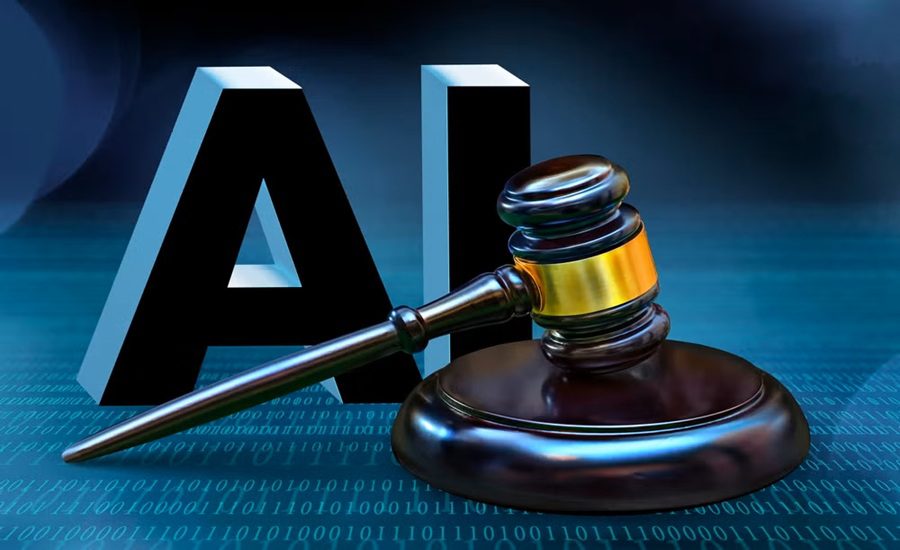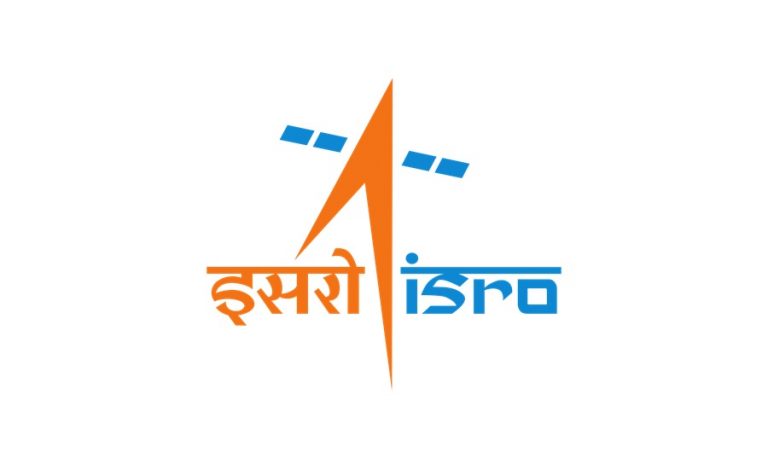New Delhi: In a decisive step toward integrating technology with the Indian judiciary, the Supreme Court has rolled out a suite of Artificial Intelligence (AI) and Machine Learning (ML) tools. These tools are gradually reshaping case management processes and enhancing accessibility through multilingual translation of judgments.
These updates were formally presented in the Lok Sabha today by Minister of State for Law and Justice and Parliamentary Affairs, Mr. Arjun Ram Meghwal.
AI to Transcribe Constitutional Bench Hearings
The apex court has begun using AI-powered tools to transcribe oral arguments presented before Constitutional Benches. These AI-generated transcripts are now publicly accessible through the official website of the Supreme Court, offering transparency and accuracy in high-stakes constitutional hearings.
Judgments Now Available in 18 Indian Languages
To bridge language barriers in justice delivery, the Supreme Court is deploying AI and ML tools in collaboration with the National Informatics Centre (NIC) to translate judgments into 18 regional languages. These include Assamese, Bengali, Garo, Gujarati, Hindi, Kannada, Kashmiri, Khasi, Konkani, Malayali, Marathi, Nepali, Odia, Punjabi, Santali, Tamil, Telugu, and Urdu. The translated verdicts are available on the eSCR (electronic Supreme Court Reports) portal.
IIT Madras Joins Hands with Judiciary for AI Innovation
In a technical partnership with IIT Madras, the Supreme Court has developed AI-based tools that assist in detecting defects in filings. These tools are now integrated into the electronic filing system and are being tested by 200 selected Advocates-on-Record. IIT Madras is also supporting prototype development for advanced tasks like metadata extraction and curing filing errors. These functionalities will be integrated into the Integrated Case Management & Information System (ICMIS).
SUPACE Still in Testing Phase
Meanwhile, the much-anticipated Supreme Court Portal Assistance in Court Efficiency (SUPACE) remains in its experimental stage. SUPACE is designed to analyze case facts and search relevant precedents intelligently. However, its full-scale implementation depends on the acquisition of advanced hardware, such as Graphics Processing Units (GPUs) and Tensor Processing Units (TPUs).
Clarification on Judicial Decision-Making
Despite increasing AI adoption, the Supreme Court has clarified that none of these tools are currently used in the core decision-making process. Their function remains limited to support roles—streamlining procedures, enhancing document management, and improving translation accuracy.


























